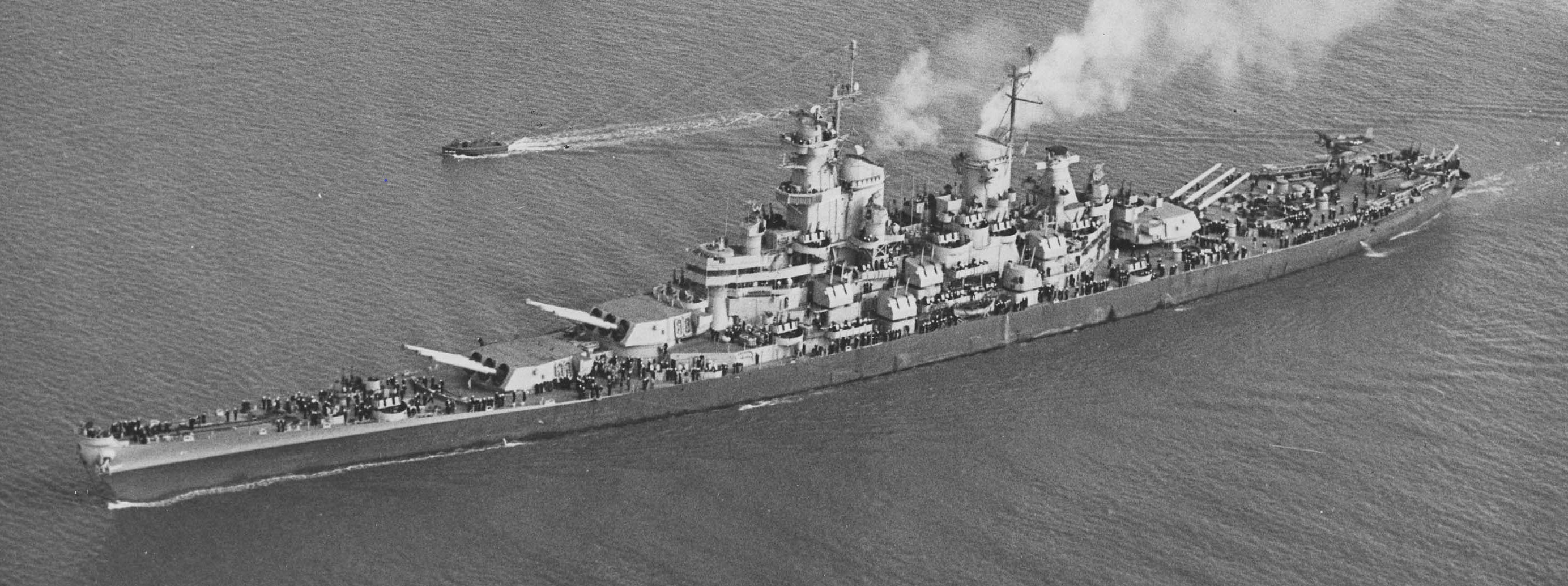When I discussed battleship main guns, I mostly glossed over the shells that they fired. The time has come to rectify that omission, and discuss the wide variety of shell types that have seen naval service over the centuries.

Early shells, with shot on the left1
In the age of sail, the basic naval projectile was round shot, a simple round chunk of metal. This had the advantage of being cheap and fairly effective at making holes in a target. The problem was that poking small holes in something as big and tough as a ship, even a wooden one, was not a particularly fast way to kill it. A few men might be killed by flying splinters, but the holes were easily plugged by the ship's carpenter, and it took an awful lot of battering to actually kill another ship. Ordnance designers thus came up with a number of specialized projectiles that would have other effects. Chain shot, when two halves of a cannonball were linked by a chain, was used to slash through rigging and batter masts. To attack the enemy crew, canister or grapeshot was used, turning cannons into giant shotguns. However, all of these specialized projectiles lost velocity quickly and were thus limited to short range. The only way to improve round shot as a ship-killer was to heat it in a furnace so it would set fire to the target. However, this had serious drawbacks. The shot had to be heated, which took time, and the safety implications of trying to use heated shot from a wooden ship are obvious. As a result, its use was mostly confined to coast-defense batteries, although a furnace for heating shot was installed aboard USS Constitution.2 Read more...







Recent Comments